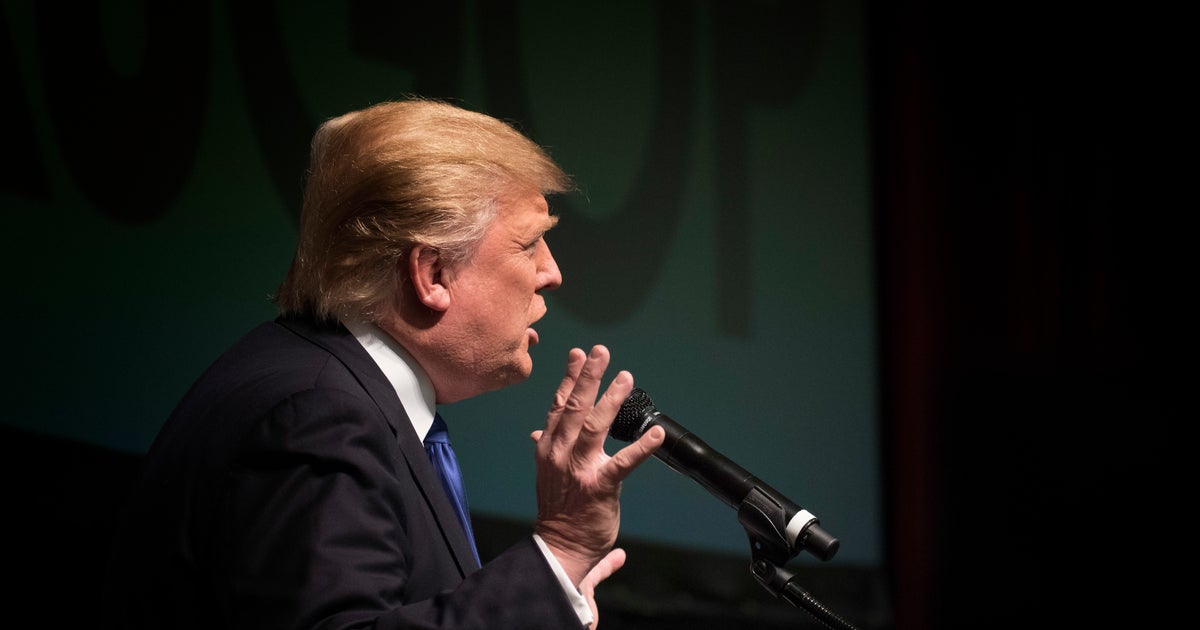Is Obamacare set for a healthy turnaround?
Just as President-elect Donald Trump is sounding the death knell for Obamacare, one of the country’s top ratings agencies says the health care law is about to enjoy better health.
S&P Global Ratings analysts concede that the individual health insurance market “has proven a tough nut to crack” for the insurance industry, but their research indicates that the worst of the adjustments are now behind insurers and Americans who buy their plans on the Affordable Care Act’s marketplaces.
Those who bought their plans that way faced a larger-than-expected premium price hike averaging about 25 percent for 2017, prompting sticker shock and anger among some households. Yet the S&P analysis concludes that the most recent premium hike was a “one-time pricing correction” designed to fix a host of issues lingering from Obamacare’s first few years, such as initial premiums that had been priced too low as well as the end of an ACA reinsurance program that aimed to keep prices down.
“Although we would expect insurers, on average, to put in another round of premium increases for 2018, the average level of increase requested will be well below the 2017 hike of 25 percent,” the analysts concluded.
The insurance industry will likely approach break-even on ACA plans in 2017, following losses of $3 billion in 2014 and $4.5 billion in 2015, the report noted. While full-year results for 2016 aren’t yet available, the analysts said they expect losses to be smaller than in either of the two previous years.
The problem, as they see it, was that insurers were somewhat blind when they entered into the Obamacare marketplace in 2014. They had only their “best estimate” of how much care their newly insured customers would need, for instance. As Americans signed up, they tended to be older and sicker than originally projected, which caused cost overruns for insurers.
With S&P projecting the insurers in the Obamacare marketplaces are close to breaking even, the next challenge may come from lawmakers, rather than consumers. Mr. Trump has vowed to “immediately repeal and replace Obamacare,” although it’s not yet clear how he will make good on his campaign promise.
Even though Americans remain split on the law, most don’t want the ACA repealed, according to a poll published earlier this month from the nonpartisan Kaiser Family Foundation. It found that only about one in four want Mr. Trump to entirely repeal the law.
At the same time, 6.4 million people have enrolled for subsidized private health insurance through the federally run HealthCare.gov, a faster pace of signups than last year. If Mr. Trump repeals the law, about 20 million Americans would be at risk of losing insurance.
The threat of “repeal and replace” may cause consumers to change their behavior, such as canceling their plans, which could create a wrinkle in the S&P’s forecast for better times ahead, the analysts’ report noted.
“Although we assume that any legislative changes to the ACA law will not affect the insurance market in 2017, insurers didn’t price for repeal,” the S&P analysts said. “So, if the uncertainty around the future of health care affects consumer behavior such that it is contrary to pricing expectations, then 2017 results may be weaker than we expect.”
“‘Repeal and replace’ will likely create structural changes to the individual marketplace,” they added. “The specifics and the timeline of the replacement health insurance law -- and insurers’ ability to adapt to the changes -- will be key to underwriting performance in 2018 and beyond.”



